Technological Innovations
The Healthcare Companion Robot Market is experiencing a surge in technological innovations that enhance the functionality and efficiency of companion robots. Advancements in artificial intelligence, machine learning, and robotics are enabling these devices to perform complex tasks, such as medication management and health monitoring. For instance, the integration of AI algorithms allows robots to learn from user interactions, thereby improving their responsiveness and personalization. According to recent data, the market for healthcare robotics is projected to reach USD 12 billion by 2026, indicating a robust growth trajectory. This technological evolution not only improves patient outcomes but also reduces the burden on healthcare professionals, making companion robots an essential component of modern healthcare systems.
Increased Focus on Mental Health
The Healthcare Companion Robot Market is also influenced by the growing awareness of mental health issues and the need for supportive interventions. Companion robots are being designed to provide emotional support, reduce feelings of loneliness, and promote mental well-being among users, particularly the elderly. Research indicates that social isolation can lead to severe health consequences, making the role of companion robots crucial in addressing these challenges. The market for mental health applications in robotics is projected to grow significantly, with estimates suggesting a potential increase of 15% annually. This focus on mental health not only broadens the scope of the Healthcare Companion Robot Market but also highlights the importance of integrating emotional intelligence into robotic designs.
Government Initiatives and Funding
The Healthcare Companion Robot Market is benefiting from various government initiatives and funding aimed at promoting technological advancements in healthcare. Governments are increasingly recognizing the potential of robotics to improve patient care and reduce healthcare costs. Initiatives that support research and development in healthcare robotics are being implemented, leading to increased investment in the sector. For example, funding programs aimed at developing innovative healthcare solutions are expected to contribute to a projected market growth of 10% over the next five years. This financial support not only accelerates the development of companion robots but also encourages collaboration between public and private sectors, fostering innovation within the Healthcare Companion Robot Market.
Growing Awareness of Robotics in Healthcare
The Healthcare Companion Robot Market is experiencing a shift in public perception regarding the role of robotics in healthcare. As awareness of the benefits of companion robots increases, more healthcare providers and patients are open to integrating these technologies into their care routines. Educational campaigns and demonstrations are helping to dispel myths surrounding automation in healthcare, showcasing the positive impact of companion robots on patient outcomes. Market Research Future indicates that approximately 60% of healthcare professionals now view robotics as a valuable tool in patient care. This growing acceptance is likely to drive demand for healthcare companion robots, further solidifying their place in the Healthcare Companion Robot Market.
Rising Demand for Home Healthcare Solutions
The Healthcare Companion Robot Market is witnessing an increasing demand for home healthcare solutions, driven by the desire for personalized care in familiar environments. As more individuals prefer to receive care at home rather than in institutional settings, the role of companion robots becomes increasingly vital. These robots assist with daily activities, provide companionship, and monitor health conditions, thereby enhancing the quality of life for users. Market analysis suggests that the home healthcare market is expected to grow at a compound annual growth rate of 8.5% over the next five years. This trend indicates a significant opportunity for the Healthcare Companion Robot Market to expand its offerings and cater to the evolving needs of patients and caregivers.


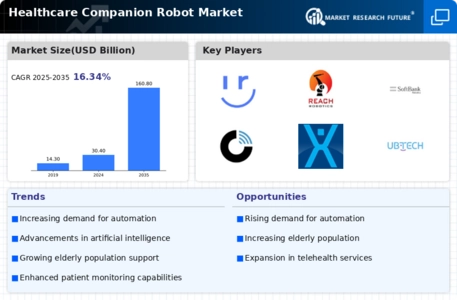
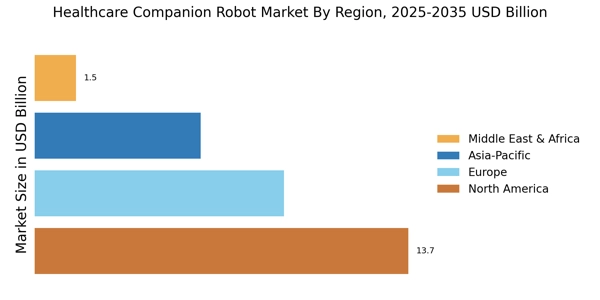

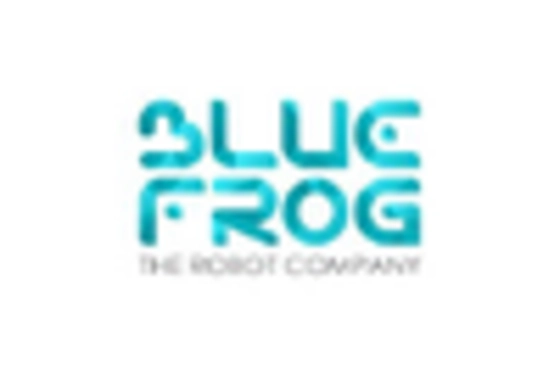


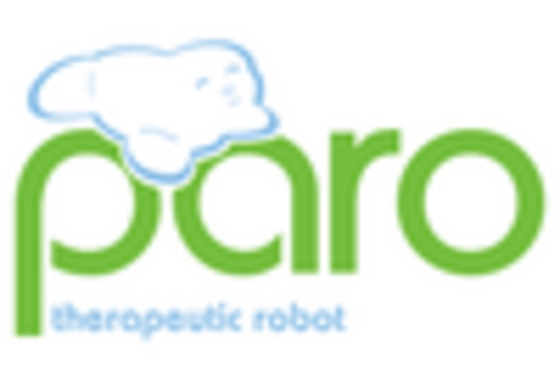
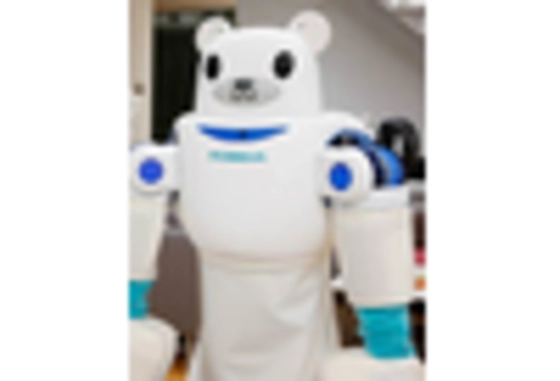








Leave a Comment